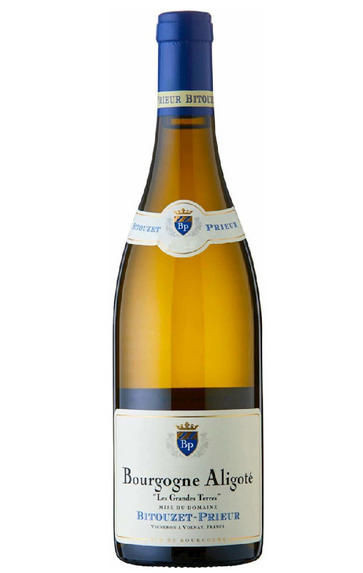How to build a home wine cellar
Our resident drinks writer takes us through his own experiences on building the dream wine cellar at home including his favourite wines to stock up on now
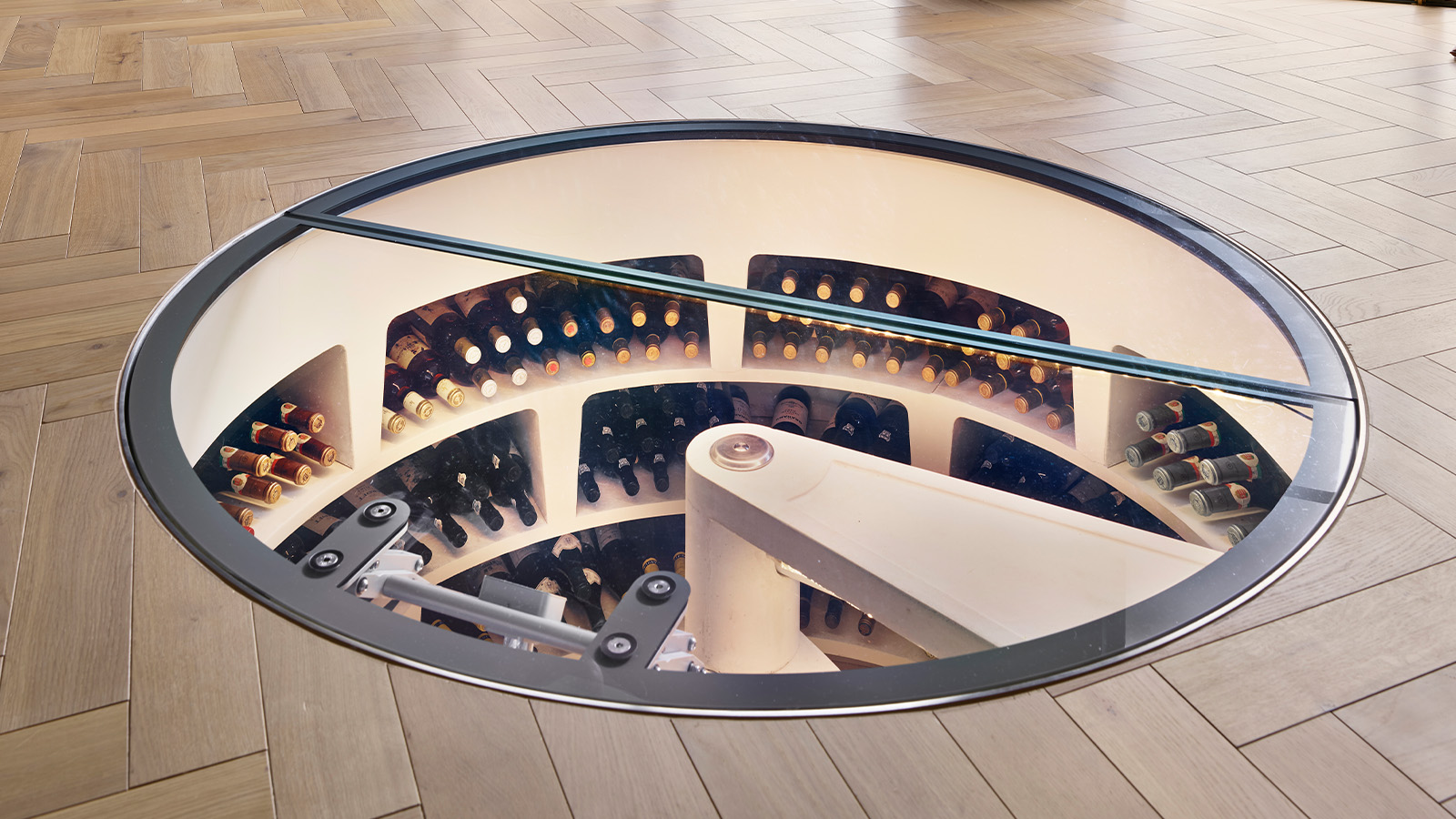
Hindsight is a wonderful thing, especially when it comes to fine wine.
The number of times I’ve discovered bottles at a restaurant or bar, which later turned out to be extraordinary vintages, only to find out weeks, or months afterwards that they’re essentially impossible to find again or are now prohibitively expensive, is all too frequent. I’m forever trying to take photos of wine labels now and have also joined the ranks of Vivino (the wine search-and-rating app,) which has become an almost ritualistic thing to check wherever I go.
Over the years, I have considered the possibility of having a Spiral Cellar installed in my kitchen. This ingenious and now somewhat iconic design certainly gives any home some serious gravitas and the typical cost of a three-metre-deep cellar, which can hold up to 1600 bottles is around £34-40k, taking up to 10 days to install. No doubt, it’s a considerable outlay, but also a sound investment too.
However, this January a chance opportunity arose for me to take the plunge and start building up a more serious wine collection at home. I say by chance, as I finally decided to clear out the modestly sized, previously inaccessible coal cellar of my Victorian house, solely with the intention of decluttering… and the potential I found down there was rather exciting indeed.
Fine Wine in a Victorian Basement?
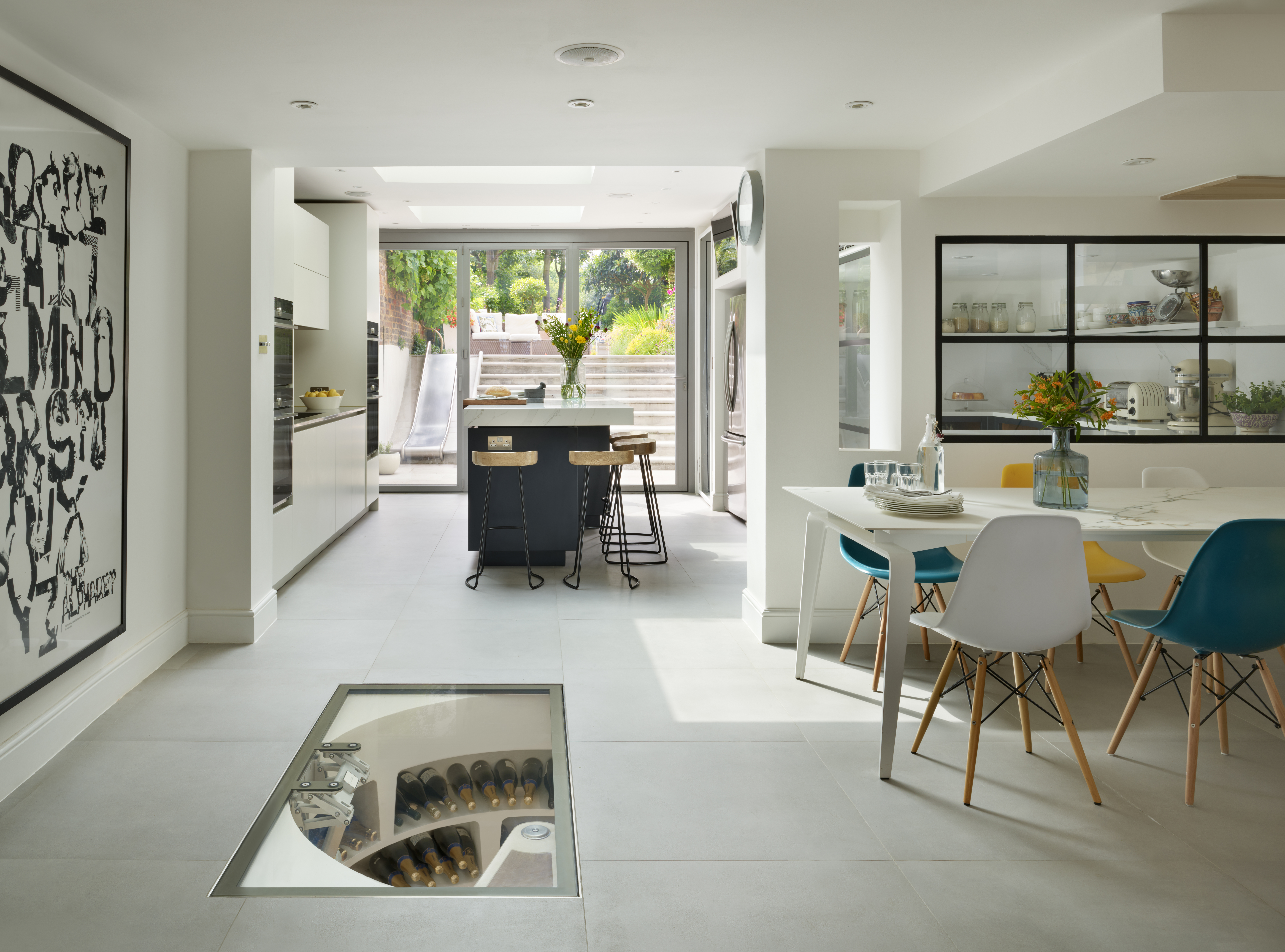
Traditionally the final resting place for rusting bikes and other junk we no longer need, but can’t quite say goodbye to, the suburban basement is actually a surprisingly good environment to store wine in optimum conditions, if treated properly. Mine was particularly damp, mouldy and musty, but once it was cleared out of the junk and rotten cardboard boxes, and the bare brick walls and floor covered with a breathable ‘tanking slurry’, (a messy job, but ultimately satisfying,) things started to take shape.
'When building a home cellar one of the most vital elements to consider is the temperature: not just it being too hot, or too cold, but ensuring that temperature remains consistent throughout ageing – so the kitchen and garage are off limits!' explains Jake Curran, from the Fine Wine Sales Team for Corney & Barrow, one of the UK’s leading wine merchants. 'The best temperature for long term ageing is between 10-15°C degrees.
'The key thing to avoid is a big fluctuation in temperature,' concurs Ben Godfrey, Buyer for Mr Wheeler Fine Wine. 'It doesn’t want to be anywhere near getting close to freezing in the winter and then jumping to 20+ degrees in the summer: that’s a quick route to ruined wine!'
Receive our daily digest of inspiration, escapism and design stories from around the world direct to your inbox.
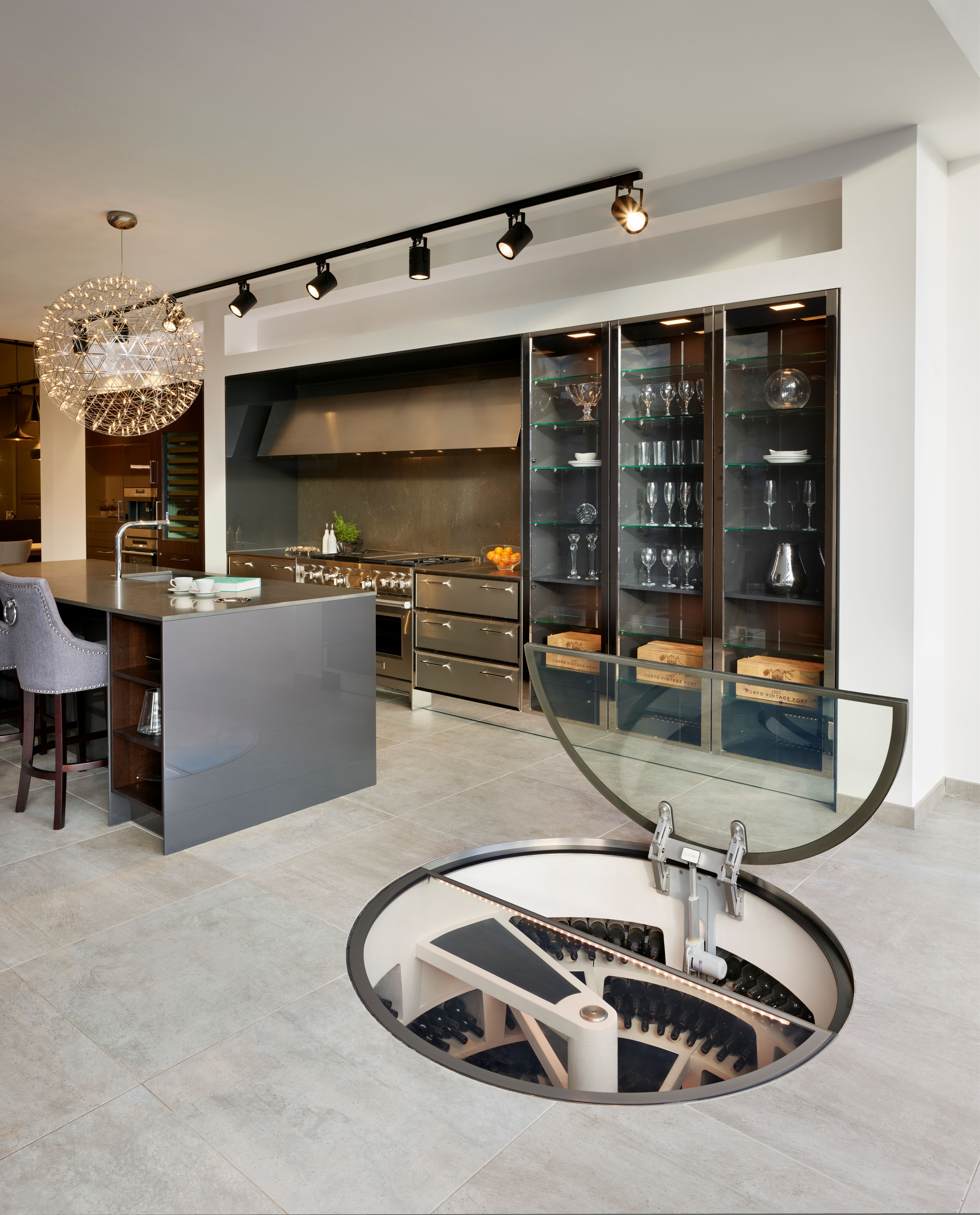
'Additionally, lighting is a super important, consideration', continues Curran, 'as too much – (especially artificial,) can damage the wine and its aromas – think sun bleaching, but for wine. A cool, dark cupboard or under the stairs are great options, but ideally a dedicated wine fridge would be the best choice.'
Wine fridges come in all manner of sizes and capacities and my advice here is to buy the largest one you can feasibly accommodate, with some companies, such as La Sommeliere offering single cabinets, with UV-resistant glass doors, which hold up to 250 75cl bottles, storing the wine at a set temperature between 5 and 20 degrees: some also have specific temperature zones for different styles of wine.
When it comes to conditioning and entire room or cellar however, then it’s worth considering a complete conditioning unit. One of the common drawbacks of storing wine at home is controlling the amount of moisture in the air, particularly if the aesthetics of the bottle are important to the collector. Damp will begin to affect the labels over time, leading them to deteriorate and in some cases, fall off completely. So, if the look of your collection is as important as the contents, Eurocave have developed the ingenious Inoa cellar-conditioning unit, which comes in two sizes, (for up to 25 and 50 cubic metre spaces,) which circulates the perfectly chilled air around the bottles to ensure any prized vintages are kept in great condition.
After buying a few combined digital thermometer and hydrometers to place in different areas of my newly tanked cellar, remarkably, it turned out that the conditions were a stable 12-14.5 degrees, with a reasonable humidity of about 80% – nearly the optimum for storing wine for long, slow maturation. Also, because it's subterranean, it’s free from any sunlight or major vibrations. So, a great starting point.
Perfecting that Cellar Look and Feel
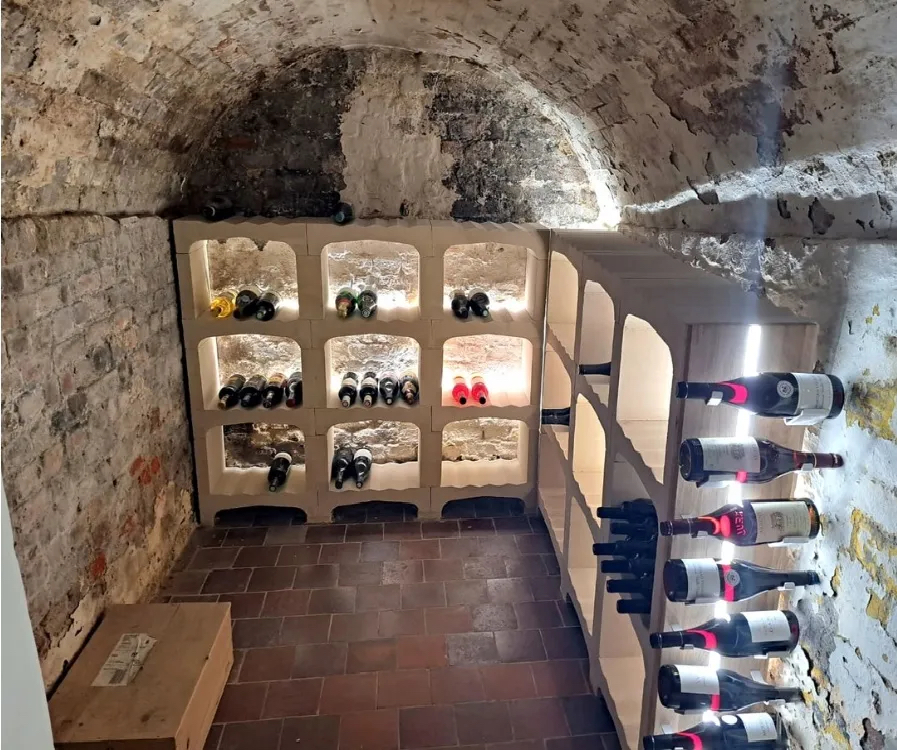
Once I got the humidity under control (using a dehumidifier set to stabilise at 70%,) it was time to start thinking about how to utilise the space properly. There’s a wealth of options in this department, from the traditional latticed racking, through to wooden upright racks, (worth exploring family-run Tanglewood Wine for some smart options,) and perhaps the ultimate in authenticity: cast limestone displays, from the Stone Cellar Companybuilt to mimic the limestone from the Loire valley, which helps to keep a consistent temperature and humidity.
My starting point was four, walnut finish wooden upright racks, each one holding 28 bottles, (I’ll no doubt add more as the collection grows,) which allow for the bottles to lay at a slight downward angle. 'Keeping the wine in contact with the cork ensures that it does not dry out, shrink and ultimately let in oxygen, the wine killer,' explains Corney & Barrow’s Jake Curran.
I’ve illuminated the cabinets with some low output, rechargeable lights that operate with a 30-second PIR movement sensor, and my cellar is now fit for storing a maximum of 250 regular sized bottles, with a small brick shelf to hold larger magnum formats.
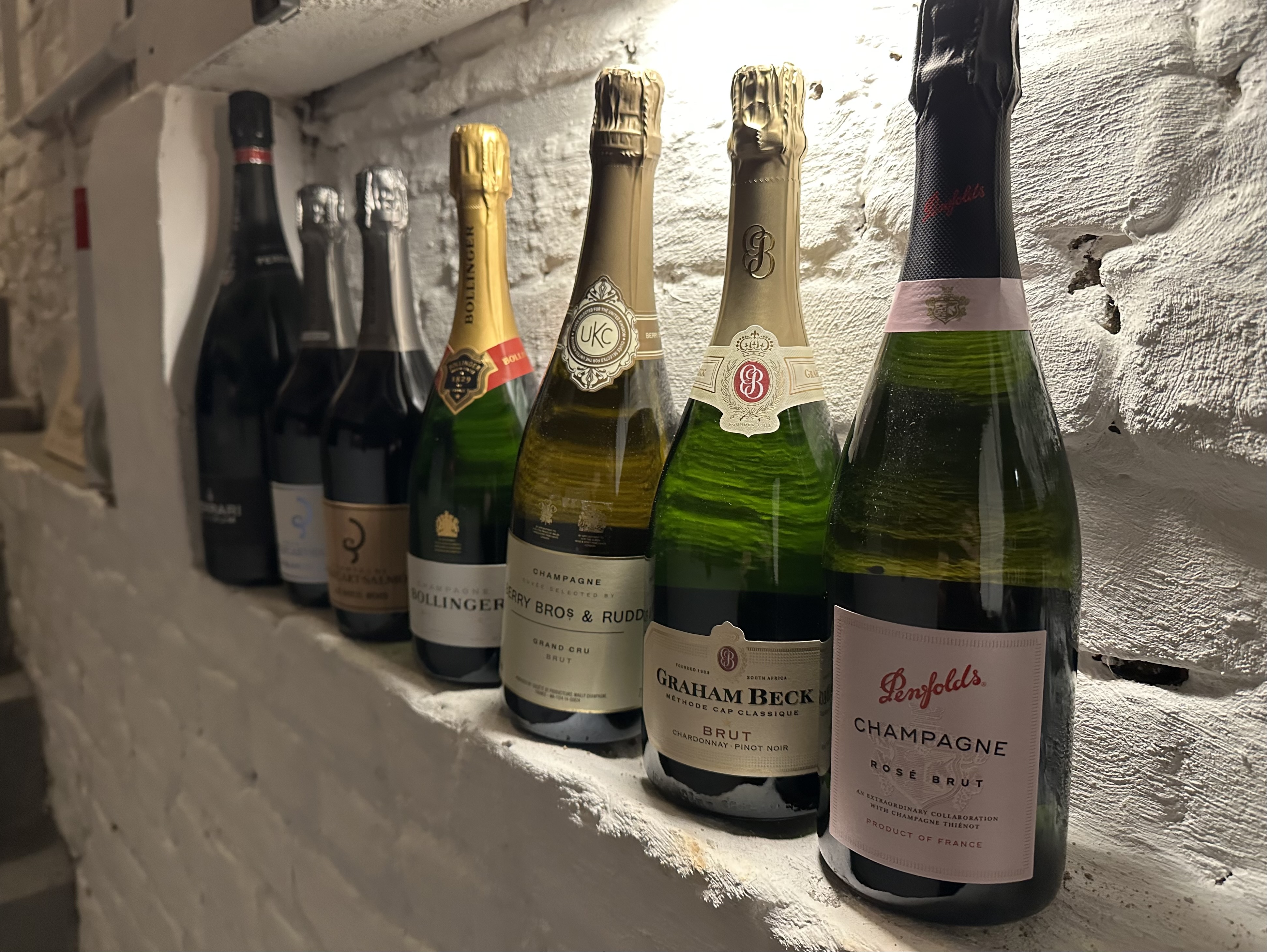
Which wines to drink and when…
But what to start filling it with? This is of course where personal preference comes in, but also a specific distinction. My cellar is one for personal enjoyment, rather than to store wines for investment purposes. If the latter is something you’d be looking to do, then it’s far better to build a ‘portfolio collection’ – a bespoke virtual cellar with a wine merchant, such as Berry Bros & Rudd, Mr Wheeler Fine Wine, or Corney & Barrow, which offer professional storage facilities.
Berry’s charge annual storage fees in a conditioned warehouse of £17.28 per 12-bottle case (discounted to £15.12 if you become a member of its Cellar Plan,) and that way you can keep track of the authenticity of your wine’s maturation before selling it, but also buy ‘in-bond’ – meaning that you don’t pay the VAT on the wine, unless it is removed from the warehouse. It also opens up the opportunity to purchase ‘En-Primeur’: future wine from specific high-end Chateaus released annually, which usually arrives at your bonded cellar of choice a couple of years after the vintage has been bottled.
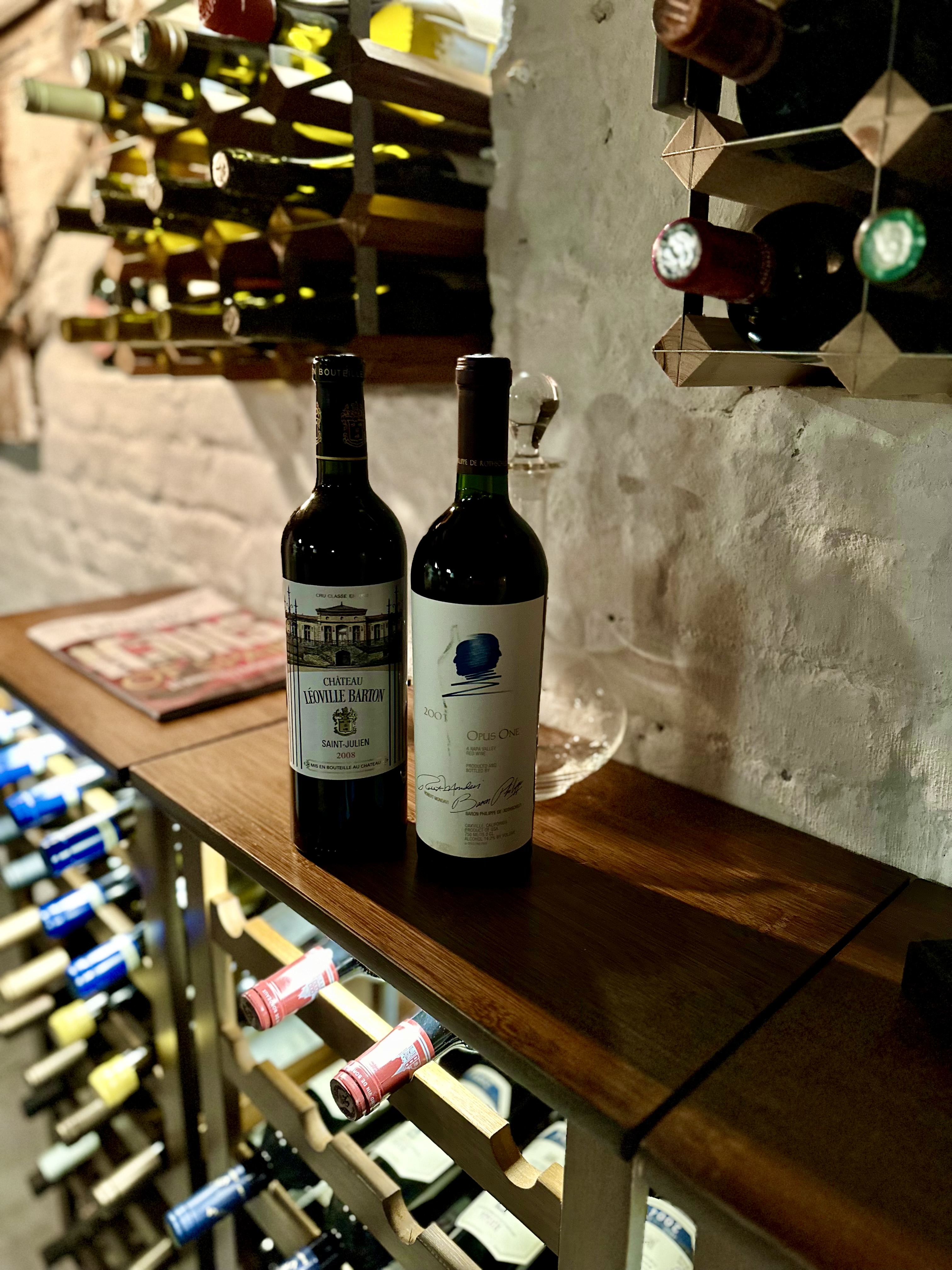
My tastes tend to be quite conservative: bold Bordeaux-style reds, with a special fondness for the Left and Right Bank classics, such as Margaux, Pauillac, Pomerol and St-Émilion and big, voluptuous, buttery and unctuous whites - particularly Chardonnay-based.
No matter what your tastes are, one thing to consider is the drinking window of each wine. As a rule, wines such as white Burgundies tend to have a smaller window of maturation and don’t require as much aging, offering that beautifully rich and opulent profile pretty much straight off the bat, or after only a few years of cellaring. Bolder reds such as Cabernet Sauvignon and Merlot-based blends, (which you’ll find across the Bordeaux region,) can be bright, fruity, tannic and a tad overly acidic at first, requiring more time in bottle to mellow and to allow secondary flavours and aromas to flourish. As such, they can develop wonderful complexity over decades in the right cellar… the difficulty is no to get too trigger happy and pop the corks before they’re truly ready!
My top picks for building your new home cellar:
White Wine
To Lay Down
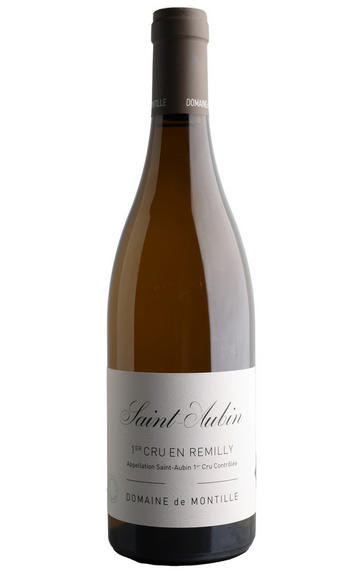
Given the rising prices and scarcity of the likes of Puligny and Chassagne Montrachet white Burgundies, it’s well worth exploring St Aubin, a village which is only a stone’s throw away from these prestigious locations. The grapes are picked early in the season so tend to be fresh and full of ripe citrus notes and wonderful mineral qualities. The wine will start drinking beautifully from 2026 and will continue to evolve nicely for at least another decade yet.
To Drink/Keep:

About as bold and rich a Chardonnay as I’ve ever tasted before, this beast from ABC, the domain of legendary winemaker, the late Jim Clendenen, who founded Au Bon Climat in 1982, (sadly passing away in 2021,) exemplifies all that great Californian vinification can offer. Strong mineral notes, ripe tropical fruit and a thick buttery note, with a touch of warming spices (nutmeg especially) this will be a wine which lives on in your cellar for at least until 2029, possibly 2030… if you can keep from drinking it too soon.
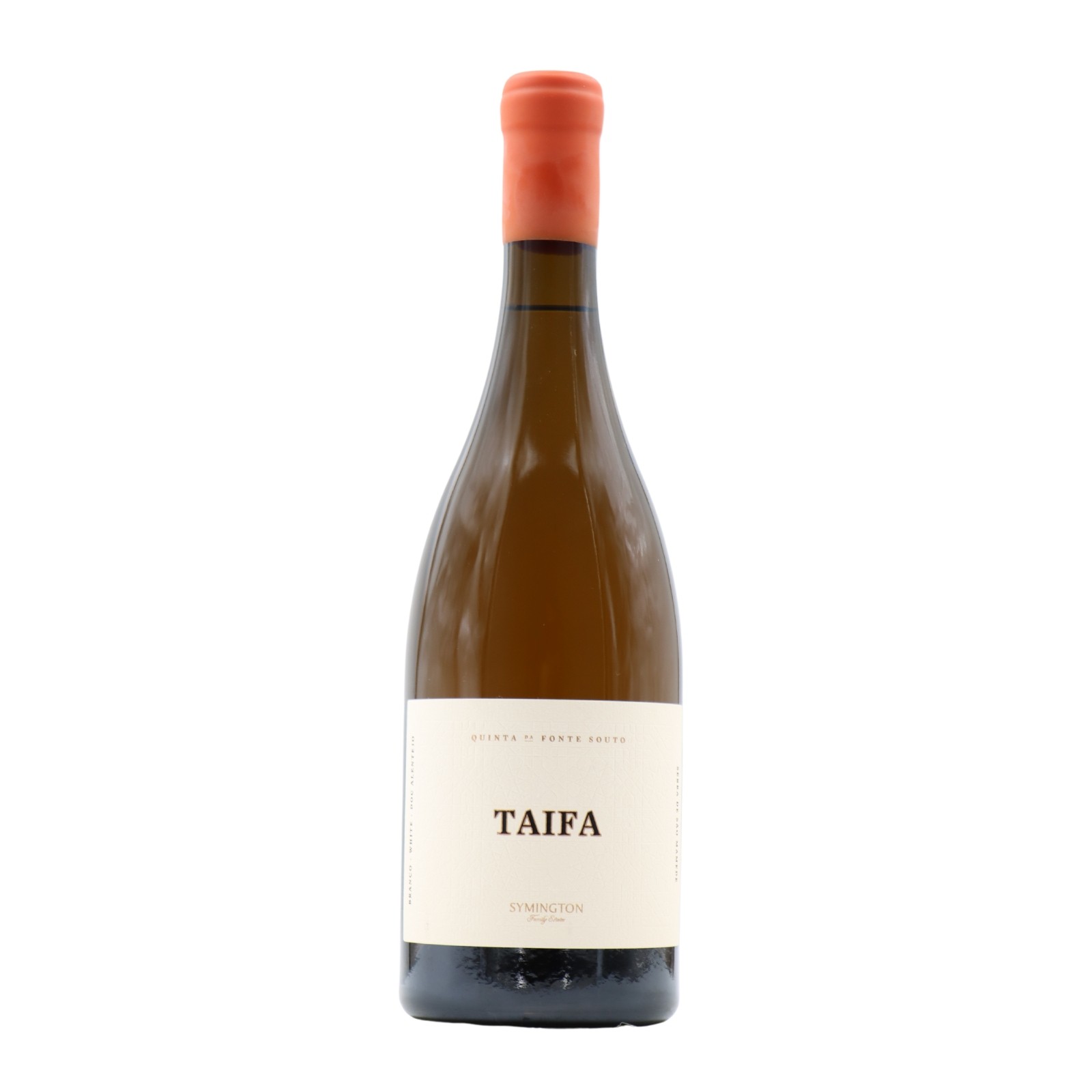
I discovered this absolutely spellbinding and wonderfully full-bodied Portuguese white during a port tasting event – and it stopped me in my tracks. Produced by legendary port producers, the Symington family at their flagship vineyard, Taifa is a blend of Arinto and Verdelho grapes, which produce an incredible elegance, intense fruitiness, touches of subtle spice and a wonderful rich buttery mouthfeel. It’s ready to drink now but will develop further subtleties over the next three years, but don’t leave it for too long and lose the sublime freshness.
To Drink Now:
This is a beautifully textured wine, from a small number of Aligoté vines planted in 1975 above the famous Mersault area. You’ll find a wonderful richness, including candied fruit, soft toffee, and a fresh citrus backbone, with a delicate touch of spice and butter. Drinking wonderfully now, until the end of 2026.
Red Wine
To Lay Down:
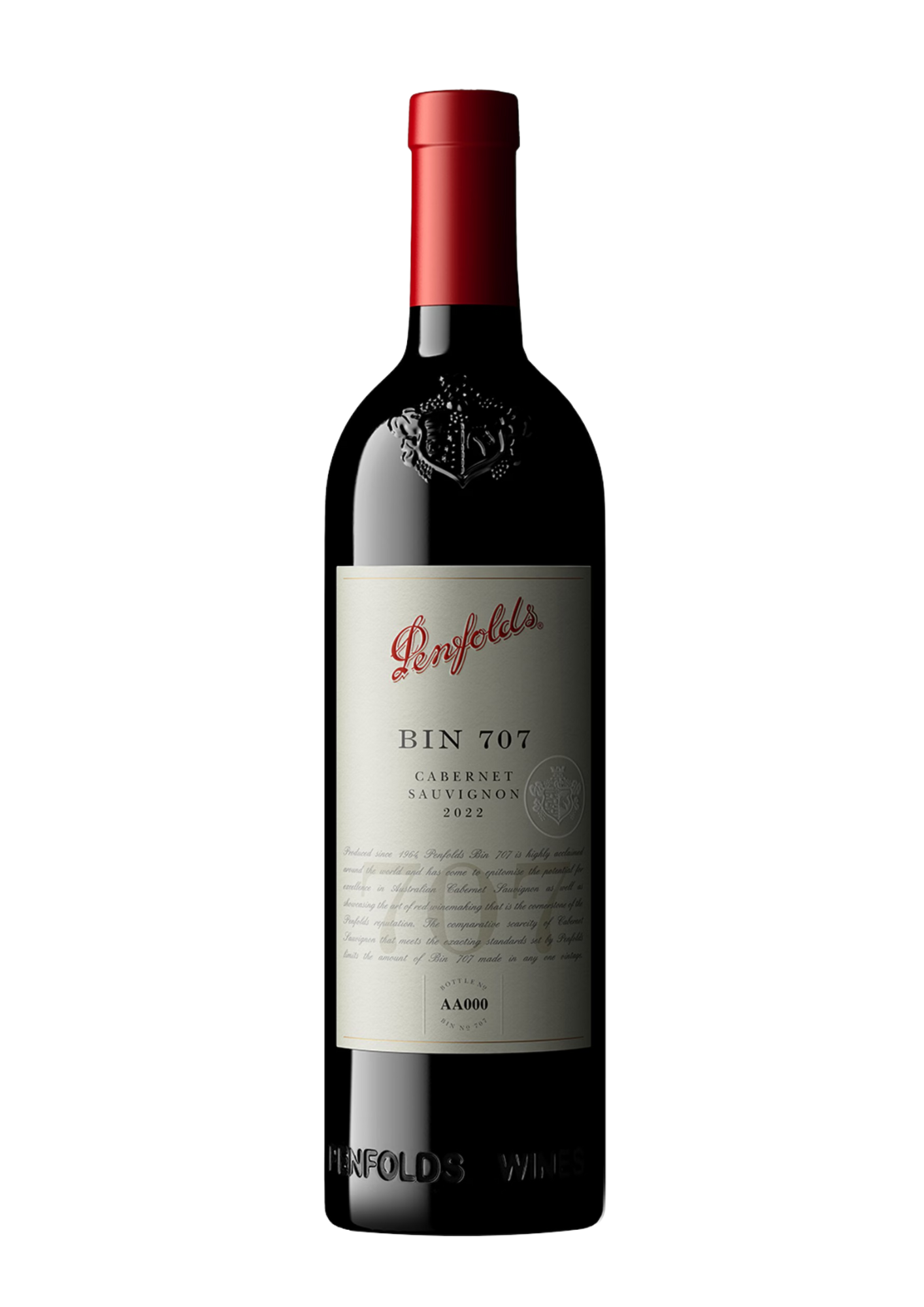
This venerable Australian winemaker has consistently set the benchmark for some of the most highly lauded wines of the last century. – and beyond. Its vintage ‘Grange’ bottlings have become the stuff of legend and command incredible premiums, but there are plenty of other options to explore including the superb, brooding and spicy Bin 389 Cabernet Shiraz, FWT (French Winemaking Trial – a blend of Cabernet, Merlot and Petit Verdot,) the venerable Bin 407 Cabernet Sauvignon and this wonderfully full-bodied Cabernet Sauvignon too: full of bold, black fruit, dark chocolate, tobacco notes and swathes of fragrant vanilla. This has drinking potential for at least another 25 years and will become even more complex and majestic with long cellar aging.
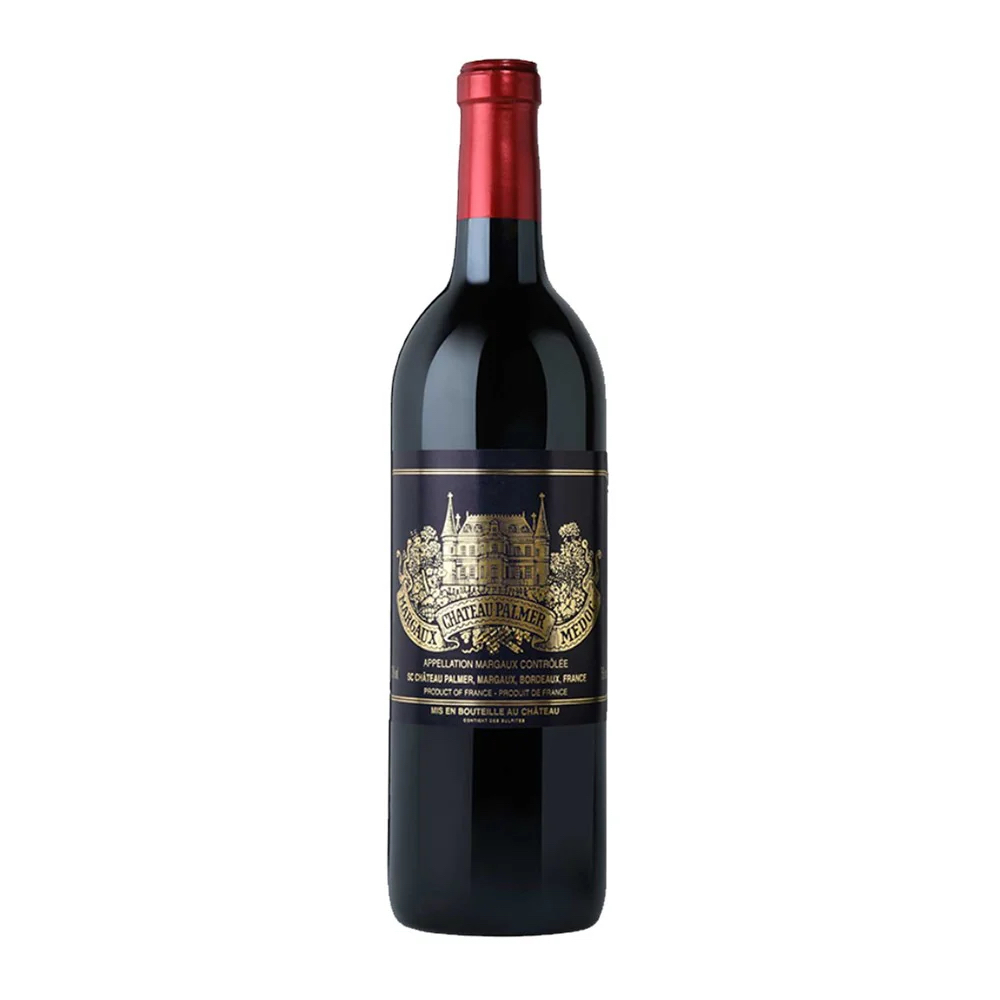
Outside of the legendary 1855 Bordeaux 1st Growth Classifications, (Chateau Latour, Chateau Margaux, Mouton Rothschild etc,) 3rd growth Chateau Palmer has a reputation which exceeds expectation and is no doubt one of the finest domains in the region. Despite being a more challenging year, this 2021 vintage has a wonderful balance of Merlot, Cabernet Sauvignon and Petit Verdot: full of red fruit, especially blackberries, raspberries, rounded tannins and black pepper. Not ready yet but will yield results after a good six year’s cellar time and will keep on developing incredibly for at least another two-three decades.
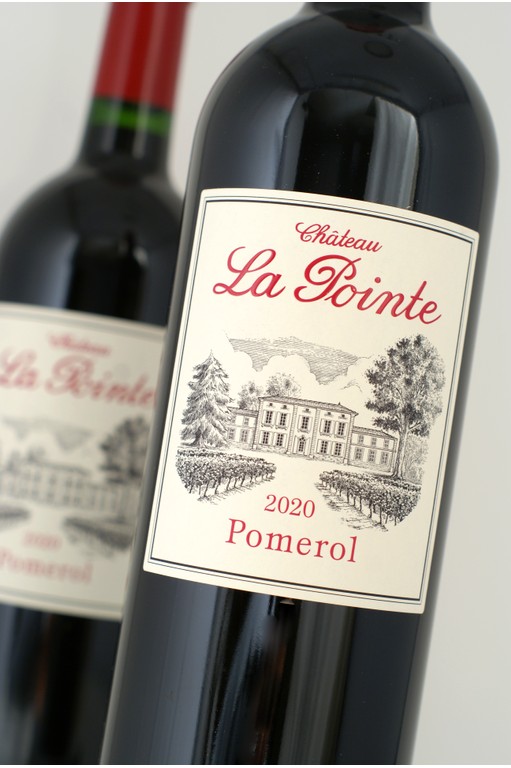
This Pomerol - a 76% Merlot 24% Cabernet Franc blend from one of the Right Bank’s hidden gems is almost ready to go now but will develop wonderfully over the next 5-10 years. Think beautifully ripe, yet not heavy, with vibrant fruit notes. A great value wine which will keep on giving for years to come.
To Drink /Keep:
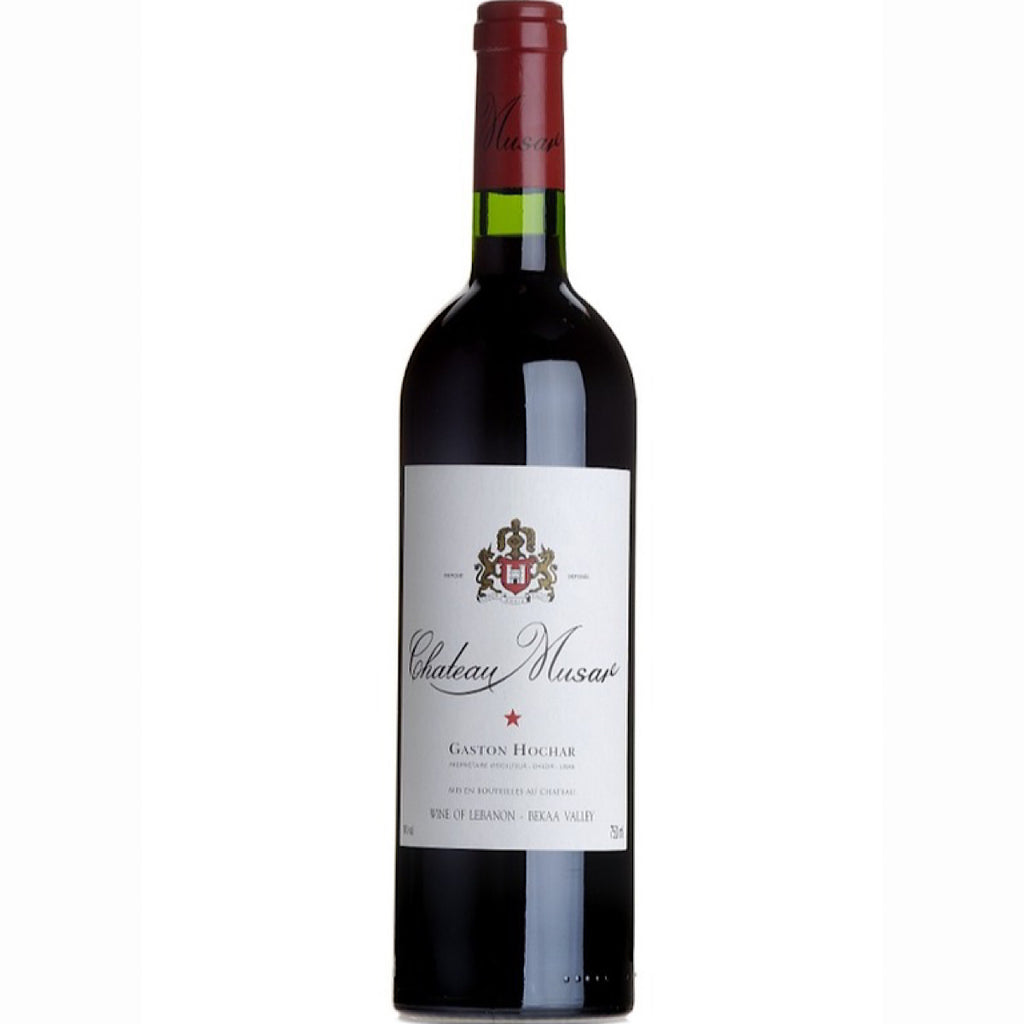
A Lebanese masterpiece, Chateau Musar is one of the world’s most exciting wineries, thanks to a combination of the unique high-altitude climate in the Bekka valley, the blend of Cabernet Sauvignon and Cinsault varietals and the passionate Hochar family, who founded the winery in 1930. Broad shouldered, with spices galore, black fruits, a touch of vegetal/moist hay and a complex tannic backbone, this drinks surprisingly well now but will keep on maturing and gaining complexity for at least another 10-15 years yet.

A floral, ripe and mineral-led gem from Northern Rhône, Côte Rôtie is a highly prized region, and winemakers, the Ogier family have one of the best reputations for their consistent yet considered approach. Layers of fragrant raspberry aromas from the Syrah grapes, with a prominent perfumed note, and a touch of mineral clarity, this has plenty of complexity now and will keep developing for a decade yet.
To Drink Now:

Rioja has been a weakness of mine since my university days and the wonderful blend of ripe fruit, deep spice and tannin, alongside a more exotic dark chocolate note in younger expressions has always been a firm favourite…This is another level altogether though. A Gran Reserva coming from Urbina’s best Tempranillo vines, aged in oak for two years, before an additional 4 years of bottle aging. Now it has even more maturation, the fruit may have faded a little, but the more vibrant tannic notes are softened too, and you’ll find almost oloroso-style aromas tucked away amongst the complexity.
Neil Ridley is a London-based, award-winning drinks writer and presenter. He is the co-author of eight books on spirits and cocktails including Distilled, which is now published in 14 different language editions. For the past eight years he has also served as a drinks expert on TV show Sunday Brunch on Channel 4
-
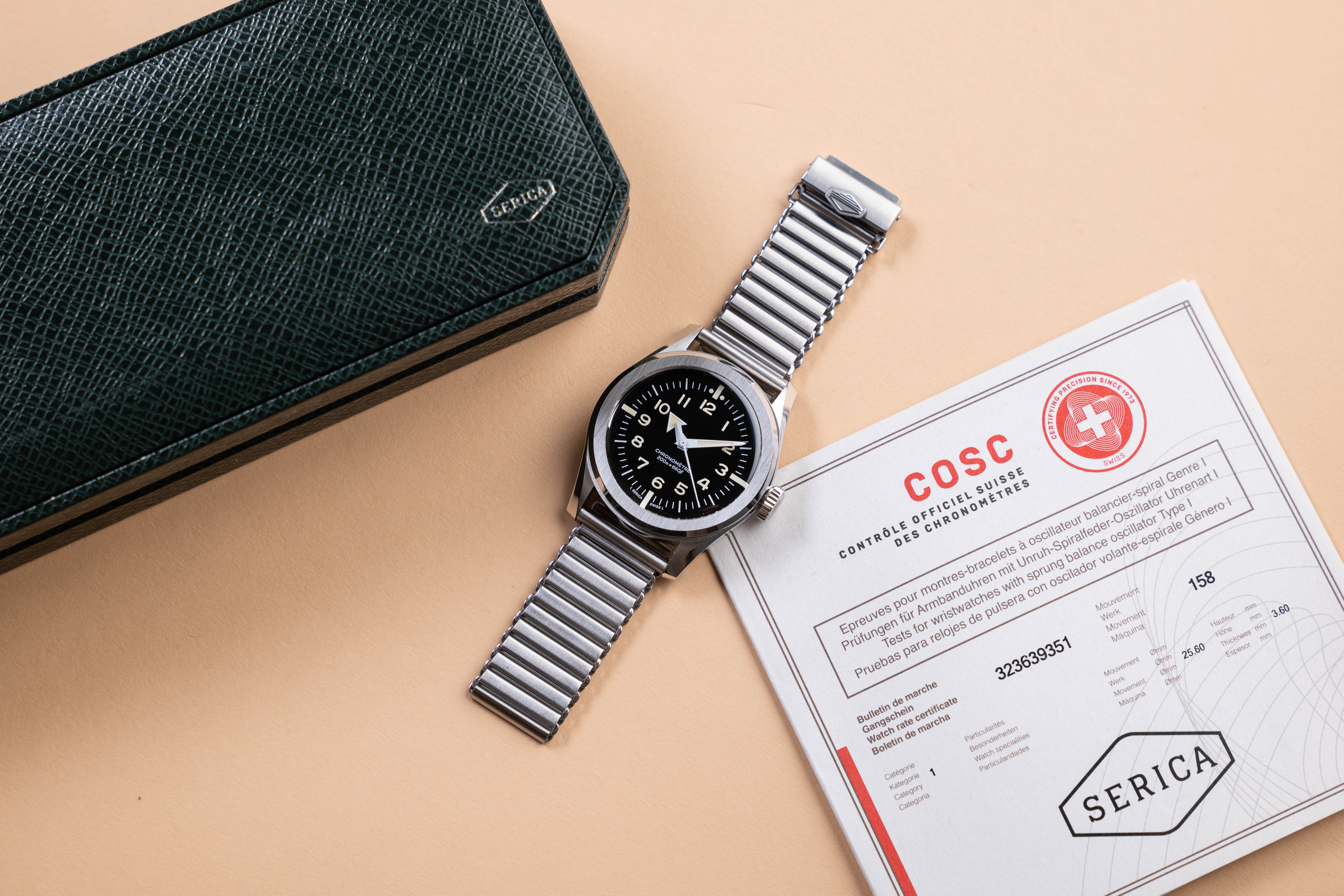 Click to buy: how will we buy watches in 2026?
Click to buy: how will we buy watches in 2026?Time was when a watch was bought only in a shop - the trying on was all part of the 'white glove' sales experience. But can the watch industry really put off the digital world any longer?
-
 Don't miss these art exhibitions to see in January
Don't miss these art exhibitions to see in JanuaryStart the year with an inspiring dose of culture - here are the best things to see in January
-
 Unmissable fashion exhibitions to add to your calendar in 2026
Unmissable fashion exhibitions to add to your calendar in 2026From a trip back to the 1990s at Tate Britain to retrospectives on Schiaparelli, Madame Grès and Vivienne Westwood, 2026 looks set to continue the renaissance of the fashion exhibition
-
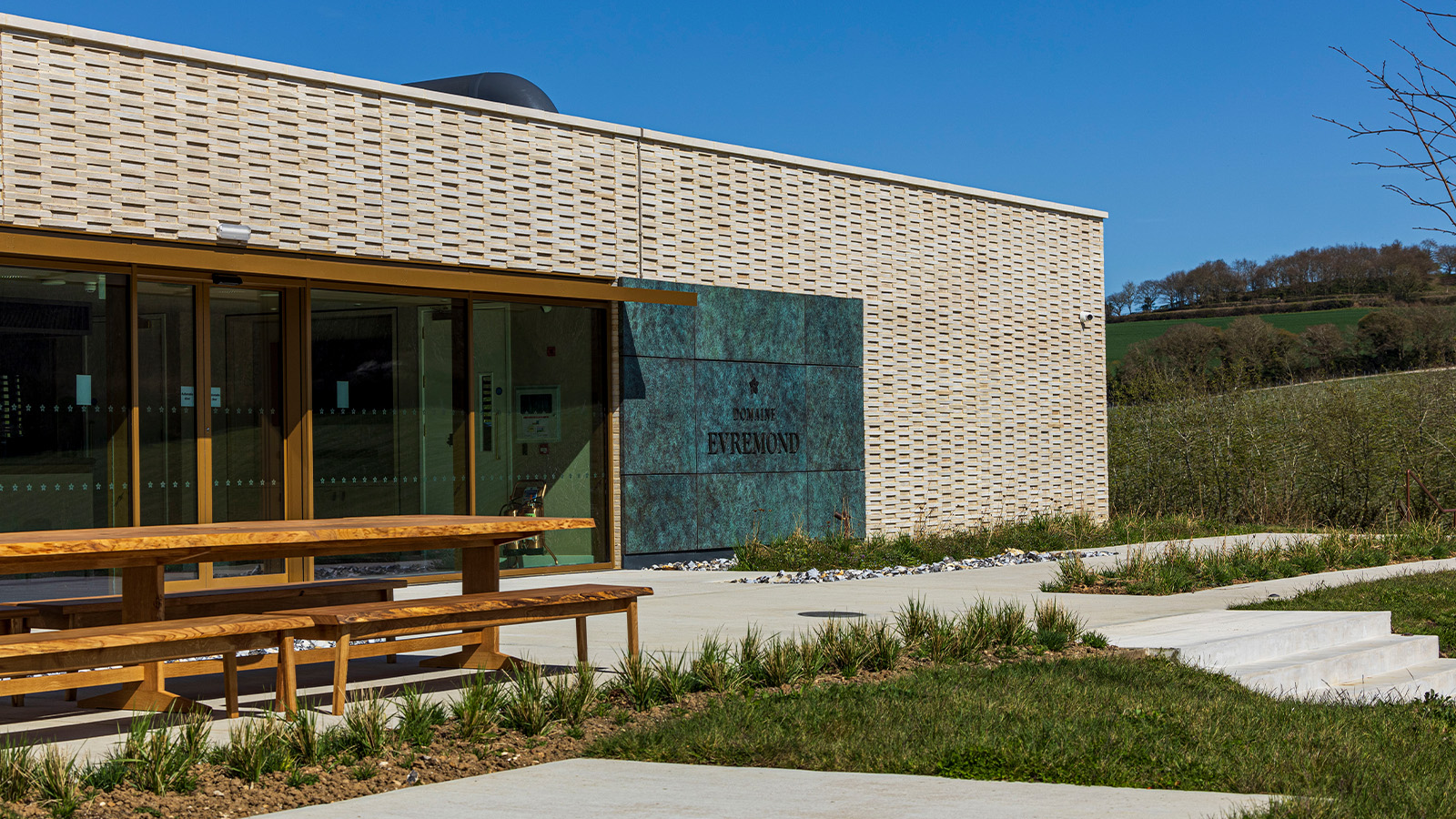 Inside Domaine Evremond, the UK’s first subterranean winery
Inside Domaine Evremond, the UK’s first subterranean winery‘Sparkling wine should be fun.’ We tour Domaine Evremond in Kent, a winery steeped in the English countryside
-
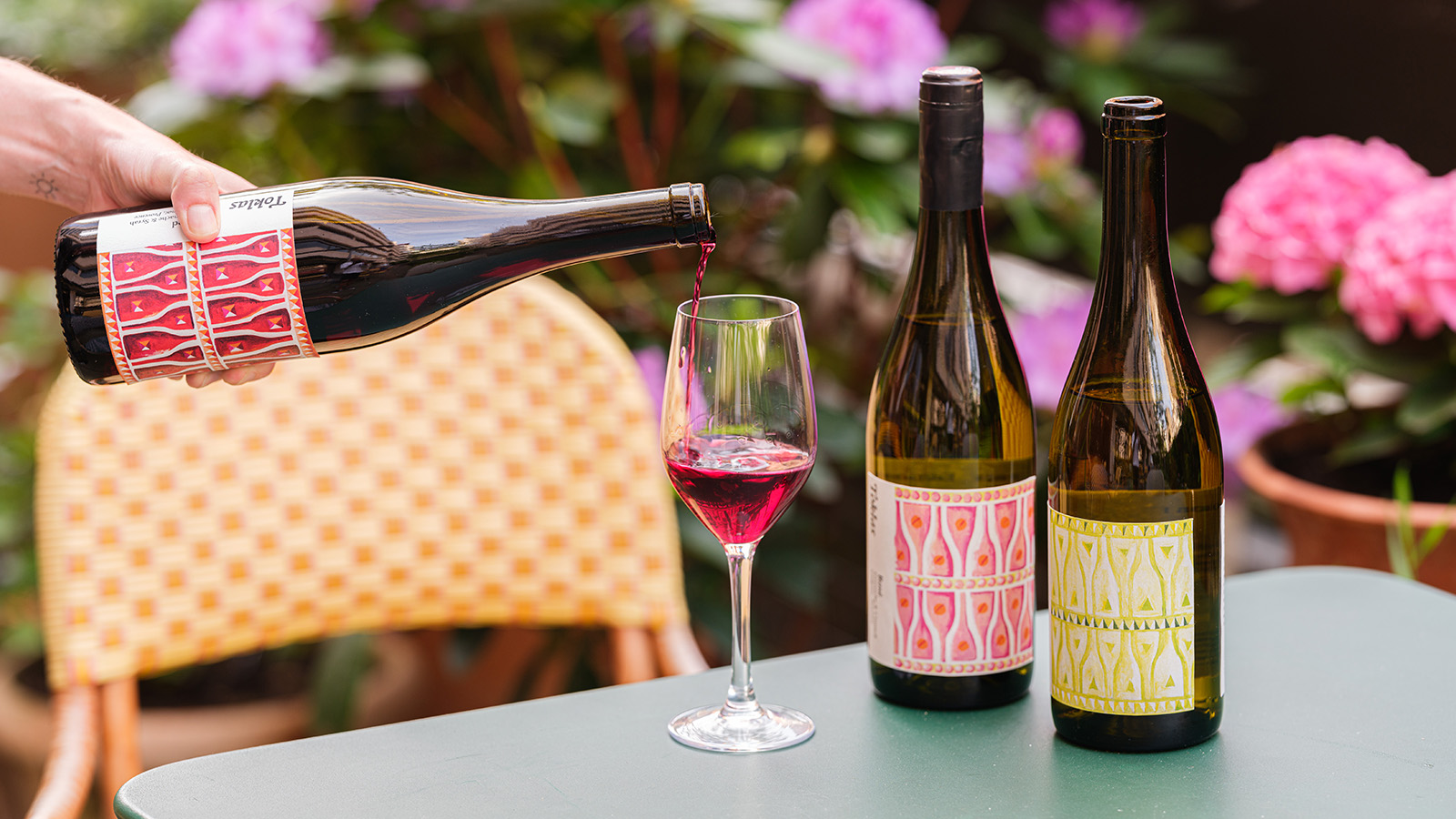 Toklas’ own-label wine is a synergy of art, taste and ‘elevated simplicity’
Toklas’ own-label wine is a synergy of art, taste and ‘elevated simplicity’Toklas, a London restaurant and bakery, have added another string to its bow ( and menu) with a trio of cuvées with limited-edition designs
-
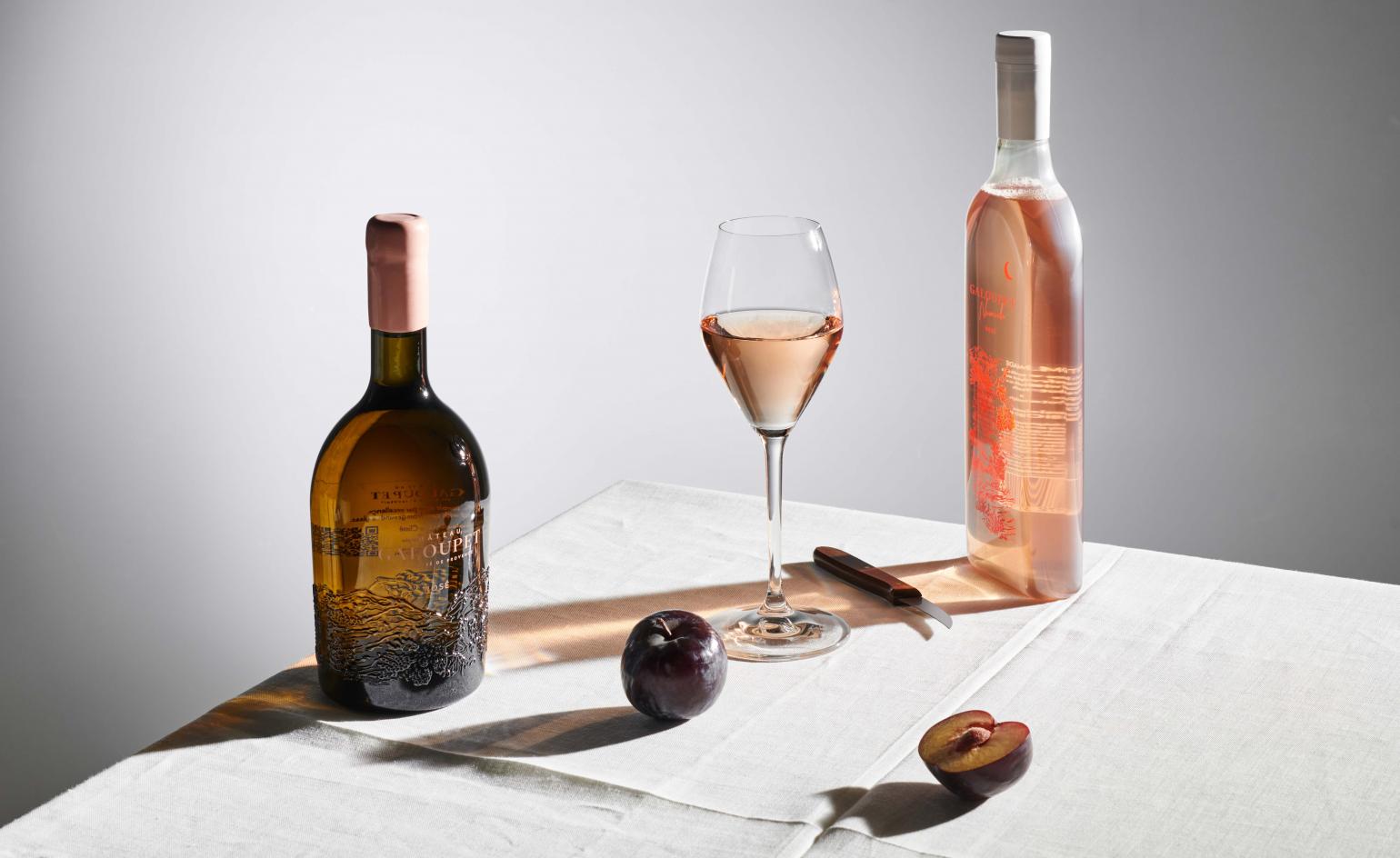 Château Galoupet is teaching the world how to drink more responsibly
Château Galoupet is teaching the world how to drink more responsiblyFrom reviving an endangered Provençal ecosystem to revisiting wine packaging, Château Galoupet aims to transform winemaking from terroir to bottle
-
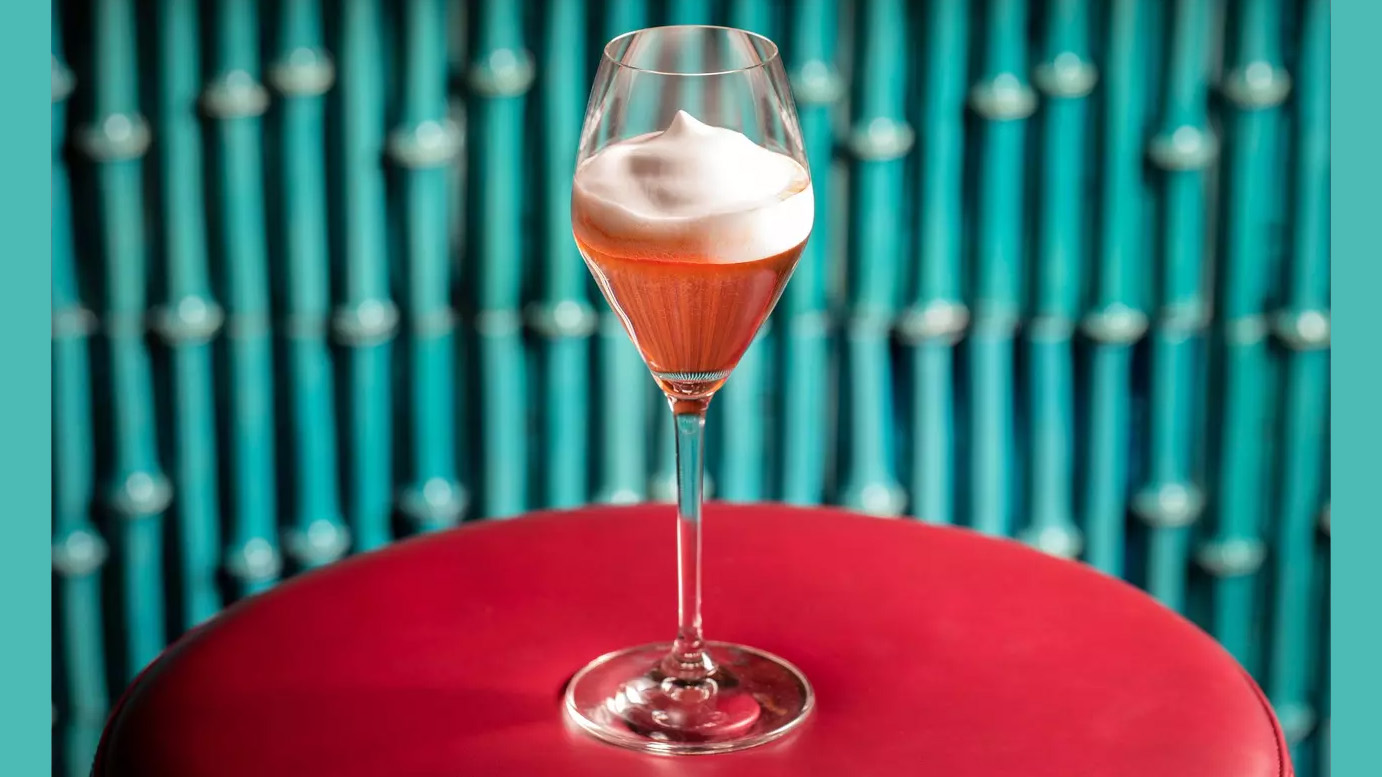 London’s most refreshing summer cocktail destinations
London’s most refreshing summer cocktail destinationsCool down in the sweltering city with a visit to London’s summer cocktail destinations
-
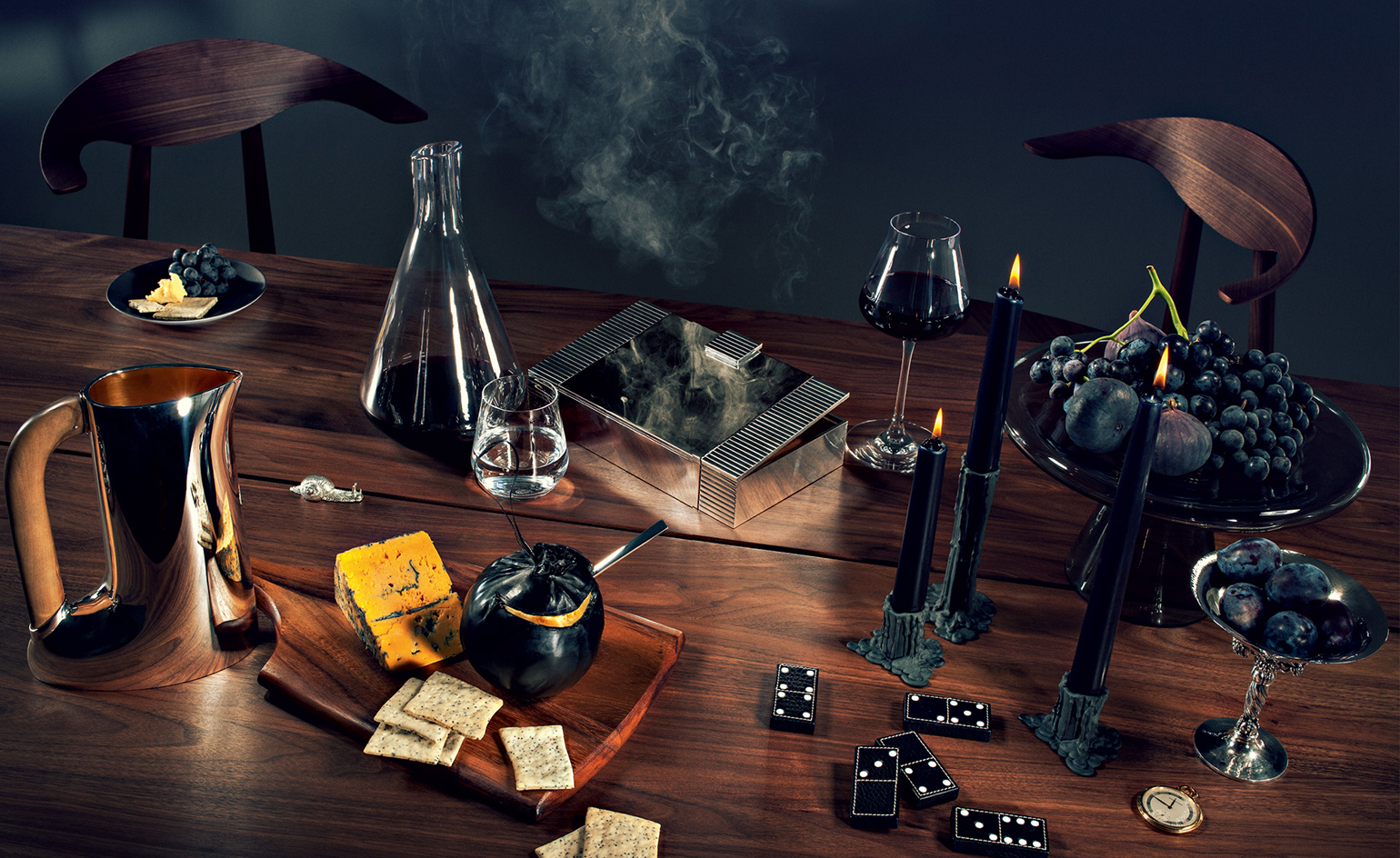 Learn how to curate a simple cheese board with perfect port pairings
Learn how to curate a simple cheese board with perfect port pairingsThe experts at artisan cheesemonger Paxton & Whitfield share tips for curating a simple but sophisticated cheese board, with port and cheese pairings for every taste
-
 IWA sake brewery by Kengo Kuma is Best Roofscape: Wallpaper* Design Awards 2022
IWA sake brewery by Kengo Kuma is Best Roofscape: Wallpaper* Design Awards 2022IWA sake brewery in Japan, by Kengo Kuma & Associates, scoops Best Roofscape at the Wallpaper* Design Awards 2022
-
 The Chuan Malt Whisky Distillery by Neri & Hu offers a twist on Chinese tradition
The Chuan Malt Whisky Distillery by Neri & Hu offers a twist on Chinese traditionNeri & Hu designs headquarters for The Chuan Malt Whisky Distillery in China's Sichuan province
-
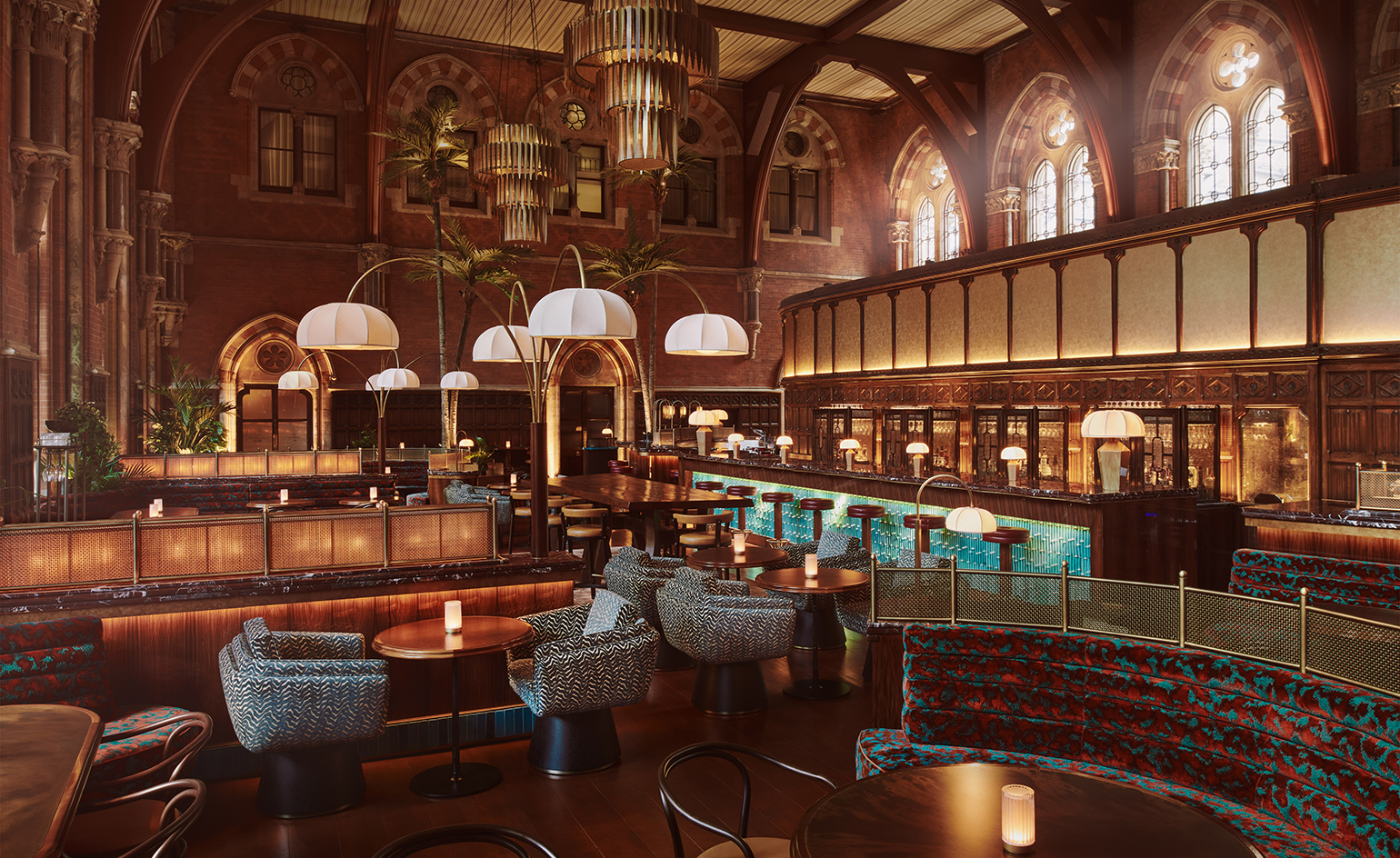 St Pancras Renaissance Hotel opens Booking Office 1869 restaurant
St Pancras Renaissance Hotel opens Booking Office 1869 restaurantBooking Office 1869 restaurant, at the St Pancras Renaissance Hotel, is set to become a new London hotspot. Developer Harry Handelsman and designer Hugo Toro tell us about its creation
